When you have an ache or pain it can leave you scratching your head as to where the pain is truly coming from. Just because it hurts in that part of your leg or arm, doesn’t mean that is where the problem is coming from. Is it a bulging disc, muscle strain or did you just plain over do it?
Being a physical therapist is much like being a mechanic for the body. Where is that pain coming from, what type of pain is it, are you out of alignment, what are you not able to do that you want to get back to, how is your body moving incorrectly, etc.?
If you are suffering from back pain or neck pain, here are questions that help determine the origins of your pain:
How long have you had your pain?
For example, acute low back pain may be because of a muscle strain. Chronic low back pain is typical of restricted spinal joints, tight muscle tissue and weakened muscle strength.
How is the pain? Achy, sharp, tingling?
Achy pain is typically a problem with movement due to poor functioning of muscles and joints. Sharp pain can be a muscle spasm or even an impingement of a joint. Tingling sensations and pain can be irritation to a nerve either from compression or inflammation of that area.
Does the pain travel to a specific part of the leg or arm, or does it spread over a wide area to the buttock, back of the leg or arm?
Widespread pain is typical of muscle strain, inflammation and weakness. People will typically relate this pain to prolonged standing, walking and other physical activities. The muscles cannot support the spine or hips and thus become strained. Specific pain to a part of the leg or arm can possibly be nerve related. In either of these cases, it is important for you to seek out the right professional help.
Is the pain worse at a specific time of day?
Achy, stiff pain in the morning can be due to muscle and tissue tightness. Severe radiating pain to the lower back, buttock and leg with bending in the morning is an indicator of a potential herniated disc. Widespread pain is typically related to the lack of flexibility and guarding in the spine. Whereas, pain towards the end of the day after moving and activity is an indicator of spinal muscle weakness, as the muscles fatigue during the day.
Do you have difficulty with prolonged sitting, standing or walking?
Pain with prolonged standing and walking is usually a sign of muscle fatigue of the spine as well as the hip muscles. It is typical to complain of pain to the low back and buttocks as your muscles cannot tolerate the activity. An easy test to check your hip strength is to lie on your side and lift your leg up 15 times. If you struggle with this, you most likely have hip muscle weakness, which will cause a lot of strain to your spine. Most people with back pain have weakness in the gluteus and core muscles.
The good news is that with the right physical therapy treatment plan, you can quickly treat these problem areas and prevent the pain from returning. There is a lot that can be done to help pain and the fastest way to relieve it is to find out the true source and treat it. With our years of medical training, specializing in muscles, joints and nerves, we determine where your pain is coming from. Then with specialized hands-on therapy, structured easy medical exercises and modalities, we can relieve your pain, get you stronger and put you on the right path to return to activities. Contact Diamond Physical Therapy today to learn more and say goodbye to your pain.


